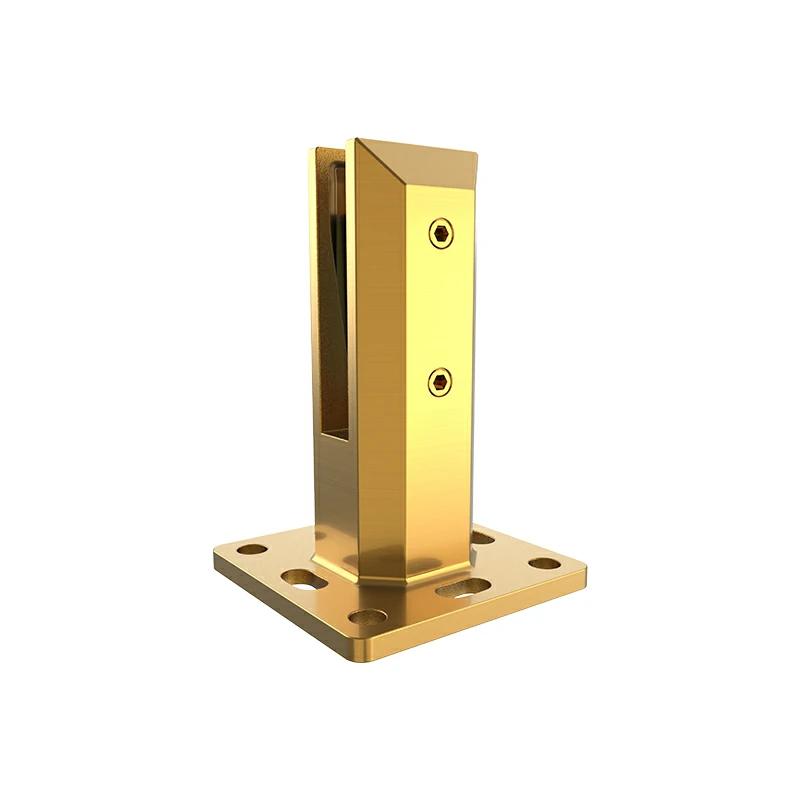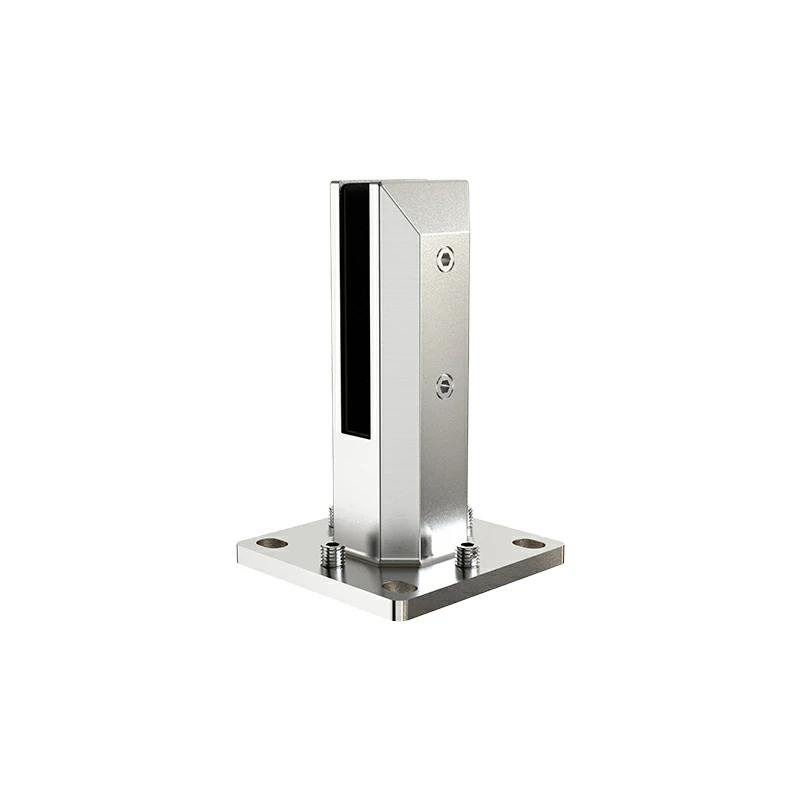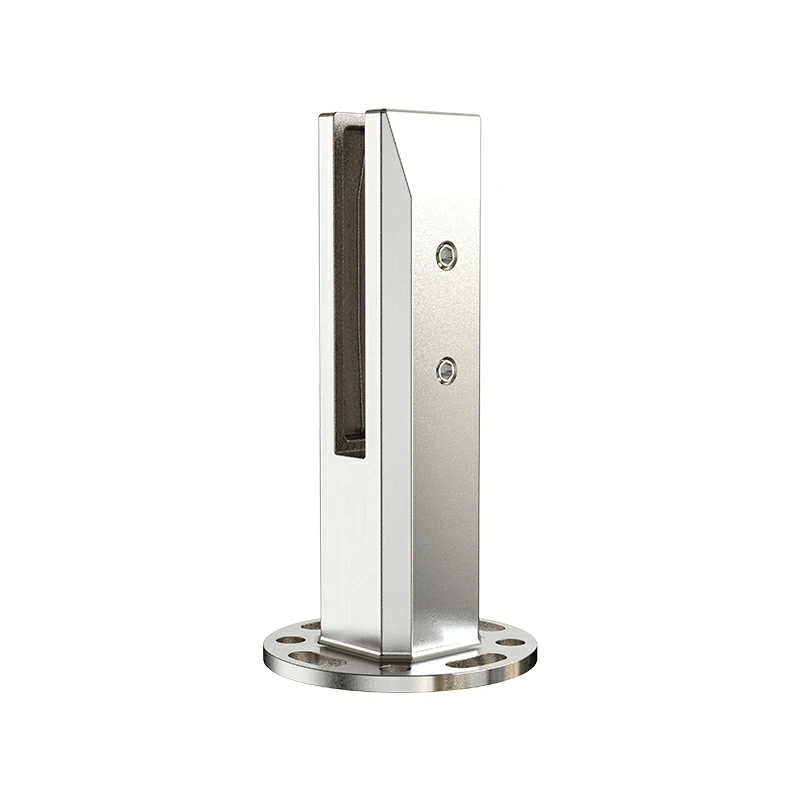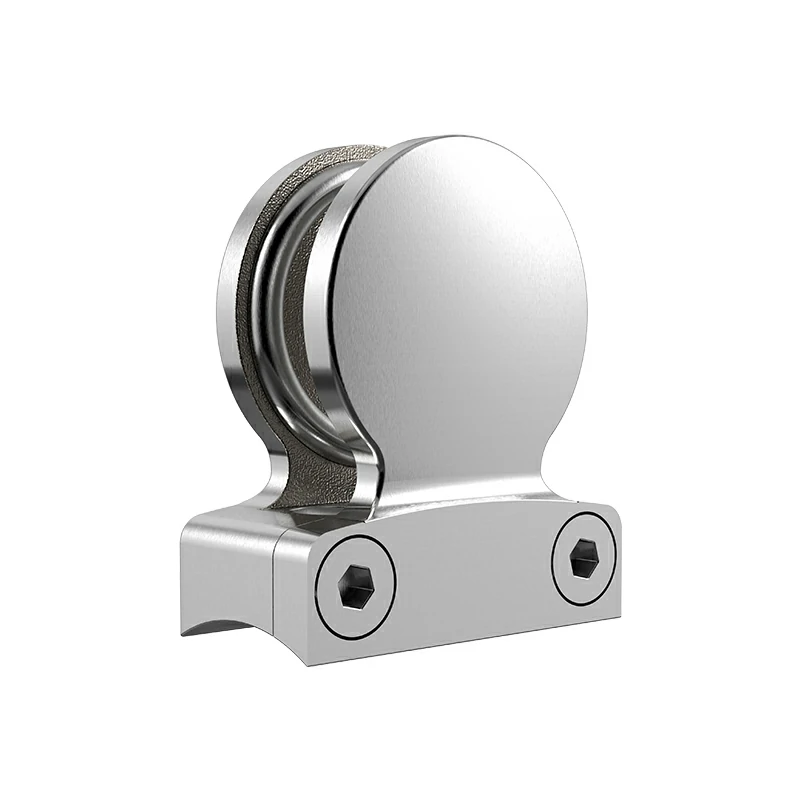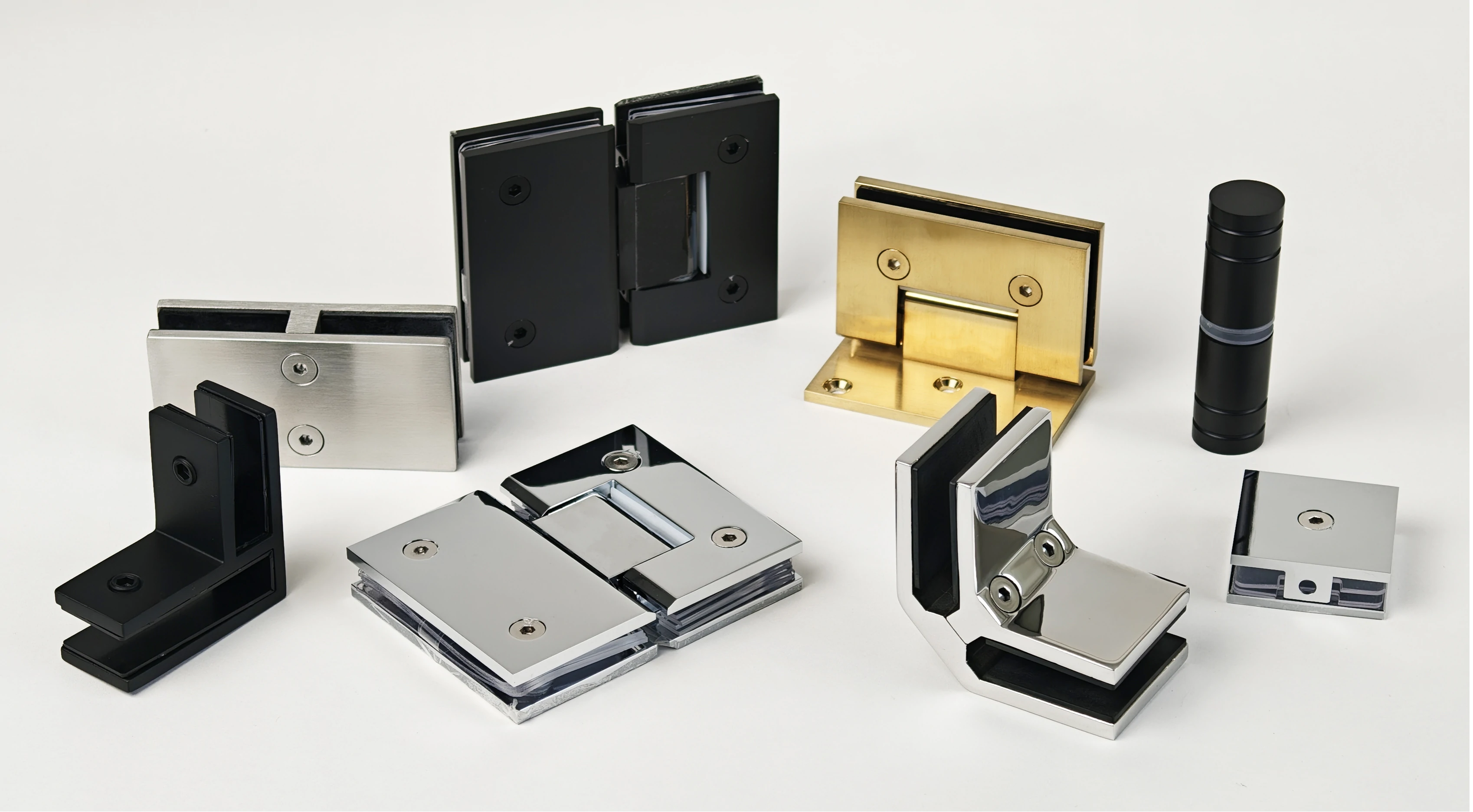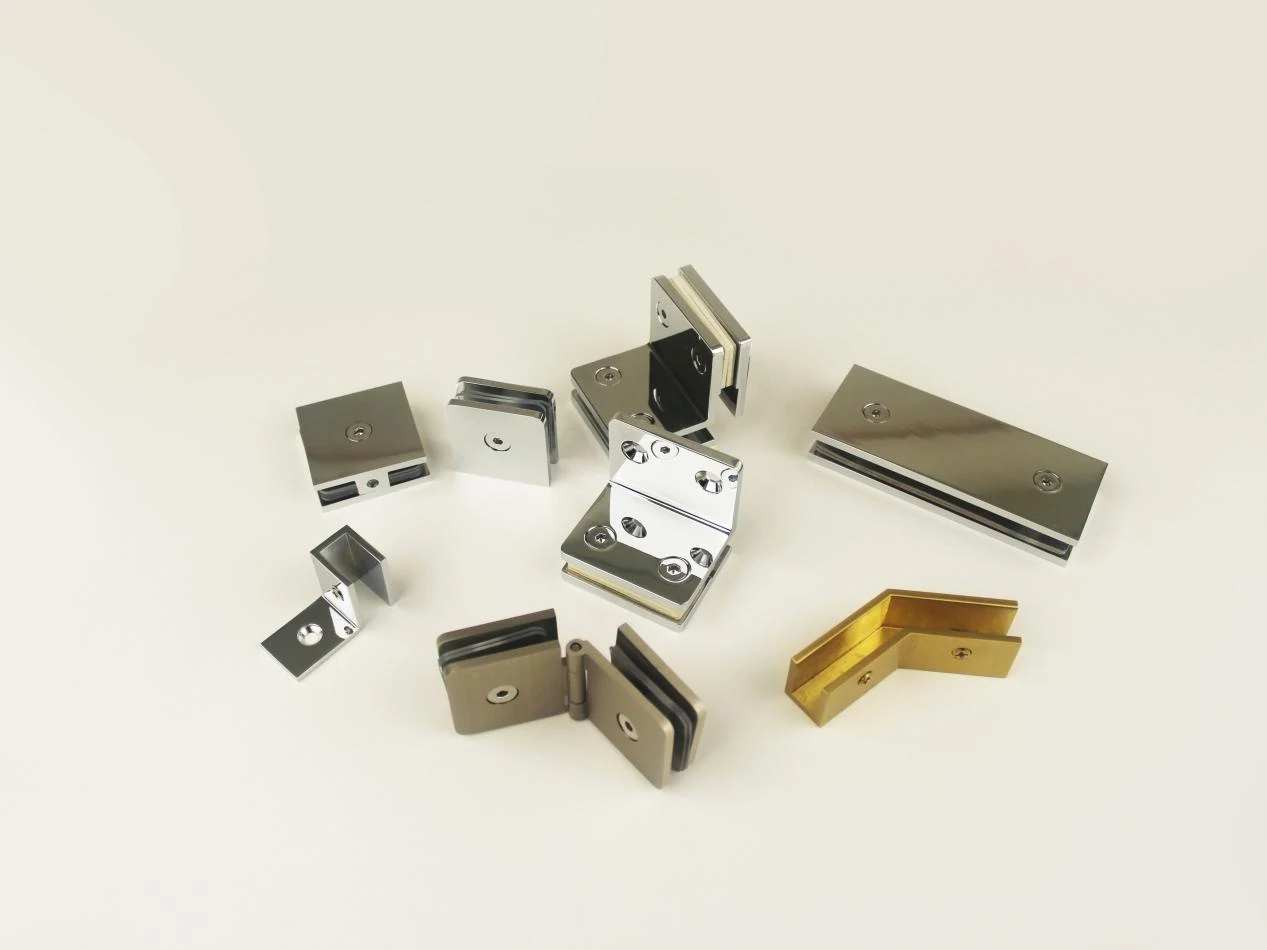Silica sol casting is a go-to method for making high-precision metal parts—think ship components or chemical plant equipment. But as industrial environments grow harsher (deep-sea pressure, engine-level heat, corrosive chemicals), standard silica sol casting struggles to keep up. That’s where nanotechnology steps in, enhancing the process to thrive in these extreme conditions.
A Quick Primer: Nanotech Meets Silica Sol Casting
Silica sol itself is made of nano-sized silica particles suspended in water, so it already has a "nano foundation." The synthesis of silica nanoparticles typically involves hydrolysis and condensation of silicon alkoxide precursors in a controlled environment, resulting in particles with excellent thermal stability and low porosity.
The latest breakthroughs use advanced nanotechnology to strengthen this foundation, making molds and parts more durable and precise. As these silica-based nanocomposites are developed, properties such as thermal conductivity, mechanical strength, and durability are being radically improved.
How Nanotech Improves Silica Sol Casting
1. Nano-Ceramic "Reinforcements" for Heat-Resistant Molds
Traditional silica sol molds can crack under extreme heat—problematic when casting high-temperature alloys for jet engines. By adding nano-sized ceramic particles (like alumina or zirconia) to the silica sol, these "reinforcements" fill tiny gaps in the mold structure, making it strong enough to withstand temperatures over 1,600°C. The incorporation of SiO2 nanocomposites also improves the thermal stability and structural integrity of the final mold.
This technique is especially relevant for refractory materials, which demand high resistance to both heat and chemical attack.
2. Nano-Coatings: A "Shield" Against Corrosion
Parts used in damp or chemical-heavy settings (coastal machinery, food processing equipment) often corrode. Nanotechnology solves this with ultra-thin (nanometer-thick) protective coatings—like chromium nitride or titanium nitride—that bond tightly to metal surfaces, blocking seawater, acids, and other corrosive substances.
Such coatings also offer adsorption resistance to surface-active substances, helping prevent surface degradation over time, and boosting the durability of the final product.
3. Nano-Binders for Sharper, More Complex Parts
Intricate components—such as tiny valve channels or gear teeth—demand extreme precision. Adding nano-binders to silica sol acts like a "lubricant," helping the sol flow into every tiny crevice of the mold. This captures even the finest details, eliminating the need for post-casting polishing.
The result is reduced porosity in the casting and enhanced replication of intricate shapes. This technique has been particularly useful in the investment casting sector, where detail fidelity is paramount.
4. Nano-Polishing for Ultra-Smooth Surfaces
Some parts need mirror-like smoothness—surgical tools, for example, where rough surfaces trap bacteria. Using nano silica abrasives (like diamond or silicon carbide nanoparticles) polishes surfaces to a roughness of less than 1 nanometer, far smoother than traditional methods.
This surface finish not only improves performance in mechanical systems but also enhances adsorption resistance in chemical and biological environments.
Additional Properties Enabled by Nanotech Integration
Particle Size and Mechanical Properties
Controlling the particle size distribution of silica nanoparticles directly influences the mechanical properties of the cast product. Smaller and more uniform particles enable higher packing density, reducing micro-defects and increasing structural stability.
Drying and Thermal Conductivity Control
During the drying stage of mold production, nano-enhanced sols show improved resistance to cracking, thanks to uniform shrinkage at the micro-scale. Additionally, introducing thermal conductive nanocomposites helps disperse heat during casting, preventing hot-spot failures.
Industry Applications: Where Nanotech Meets Performance
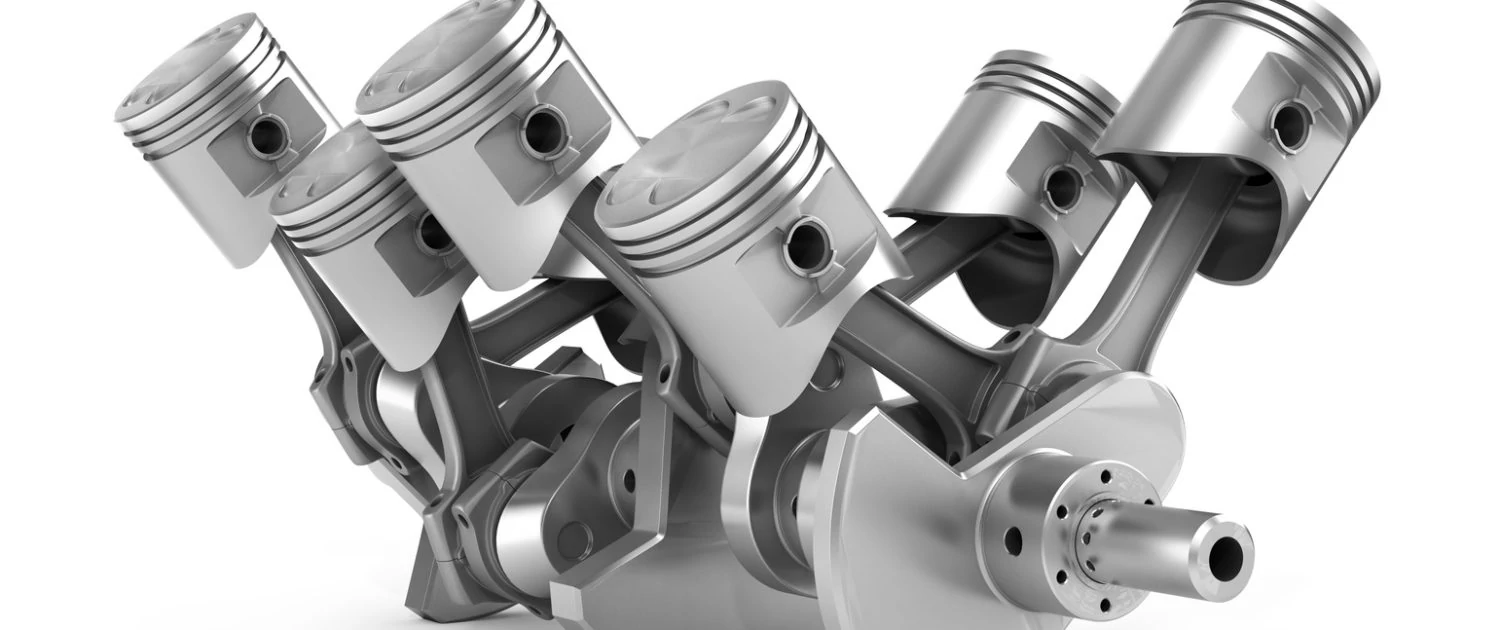
Automotive: Engine Pistons
The reduced surface friction from nano-polishing has tangible benefits for engine performance. As the piston moves up and down in the cylinder, the ultra-smooth surface minimizes the "drag" caused by friction, which in turn reduces the amount of energy lost as heat.
Moreover, less friction means less wear on both the piston rings and the cylinder walls. In commercial vehicles that log hundreds of thousands of miles, this can extend the engine’s service life by 20% or more.
Side note: Emerging applications even explore nano silica-enhanced aerogels as thermal barriers in engine components to regulate combustion temperatures.
Aerospace: Turbine Blades and Extreme Alloys
The nano-reinforced molds can resist the high-temperature impact of molten alloy, precisely maintain the complex structure of the blade (such as cooling channels and aerodynamic shape), reduce defects, and extend the blade life to 8,000–10,000 hours.
Some research has begun exploring nanocomposites derived from silicon and silica sol for turbine blades in small battery-driven aerial vehicles, offering both lightweight and thermal stability benefits.
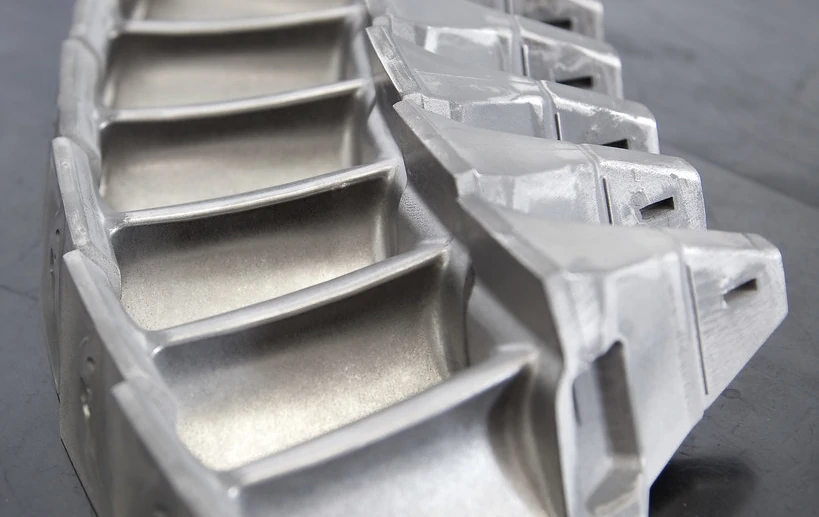
Turbine blades in the aerospace field
The turbine blades of jet engines operate in an extremely harsh environment, with temperatures often exceeding 1500°C, which is sufficient to melt many conventional metals. This type of blade is usually made of superalloys such as nickel-based alloys. Although it has excellent high-temperature strength, precision casting is extremely difficult.
The nano-reinforced mold can resist the high-temperature impact of molten alloy, precisely maintain the complex structure of the blade (such as cooling channels and aerodynamic shape), reduce defects, extend the blade life to 8,000-10,000 hours, lower costs and enhance safety.
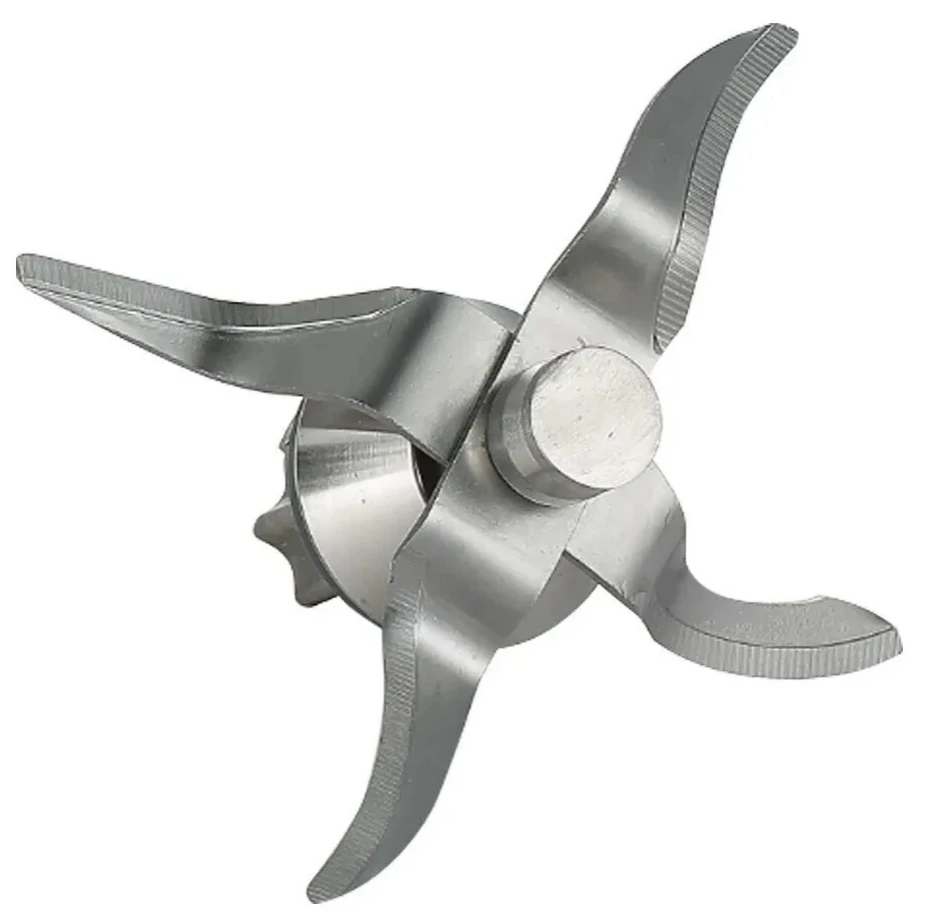
Food Processing: Mixer blades
In food processing facilities, mixer blades are workhorses that handle everything from blending sauces and pureeing fruits to mixing dough. Their job exposes them to a double whammy: first, the acidic or alkaline nature of many food ingredients (like citrus juices, vinegar-based sauces, or fermented products), which can gradually etch metal surfaces;
second, the aggressive cleaning protocols required by food safety regulations. After each shift, blades are subjected to high-pressure washes with acidic detergents (often containing phosphoric or nitric acid) to eliminate food residues and bacteria—substances that would rapidly corrode unprotected metal over time.
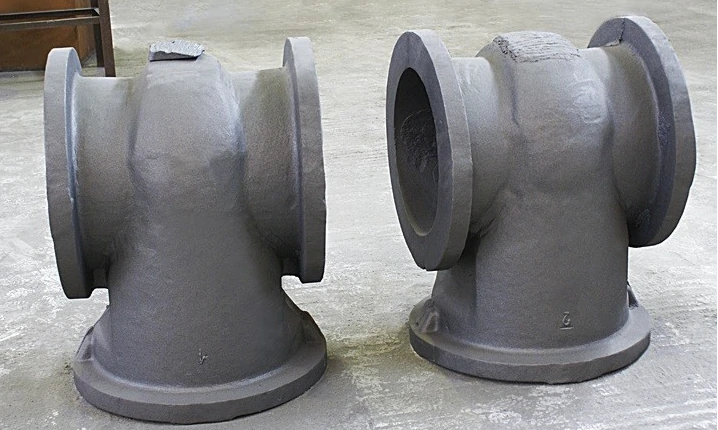
Chemical Engineering: Precision Valves
Precision valves are the "traffic controllers" of fluid systems, and their performance depends on microchannels of 0.5 to 2 millimeters. Even the slightest defect may lead to inefficiency, contamination or safety hazards. The traditional cast silica sol, due to the lack of nano-binders, has poor fluidity, resulting in problems such as rough channels and uneven diameters, causing flow errors to reach 5-10%.
Nanotechnology solves this problem by adding nano-adhesives of 10 to 30 nanometers, improving the fluidity of silica sol, enabling it to precisely fill the mold. After curing, it forms smooth channels with a surface roughness of less than 0.1 microns (the traditional one is 0.5 to 1 micron), and the flow control accuracy reaches ±0.1%. It also enhances the leak-proof structure without the need for additional processing. Reduce costs and shorten delivery time by 40%.
Nanotechnology and Silica Sol Casting: A Synergy Shaping the Future of Manufacturing
From the microscopic channels of chemical valves to the high-heat chambers of jet engines, the fusion of nanotechnology and silica sol casting is more than a technical advancement—it’s a catalyst for reimagining industrial possibilities. This partnership doesn’t just solve existing challenges; it unlocks new frontiers: think ultra-miniaturized components for next-gen medical devices, corrosion-resistant parts for deep-sea exploration, or energy-efficient components for green technology. As research hones the precision of nanoparticle dispersion and scales production, we’re moving toward a future where "extreme performance" becomes the standard, not the exception. For manufacturers, engineers, and innovators, this means not just meeting industry demands, but exceeding them—one nano-enhanced casting at a time.

